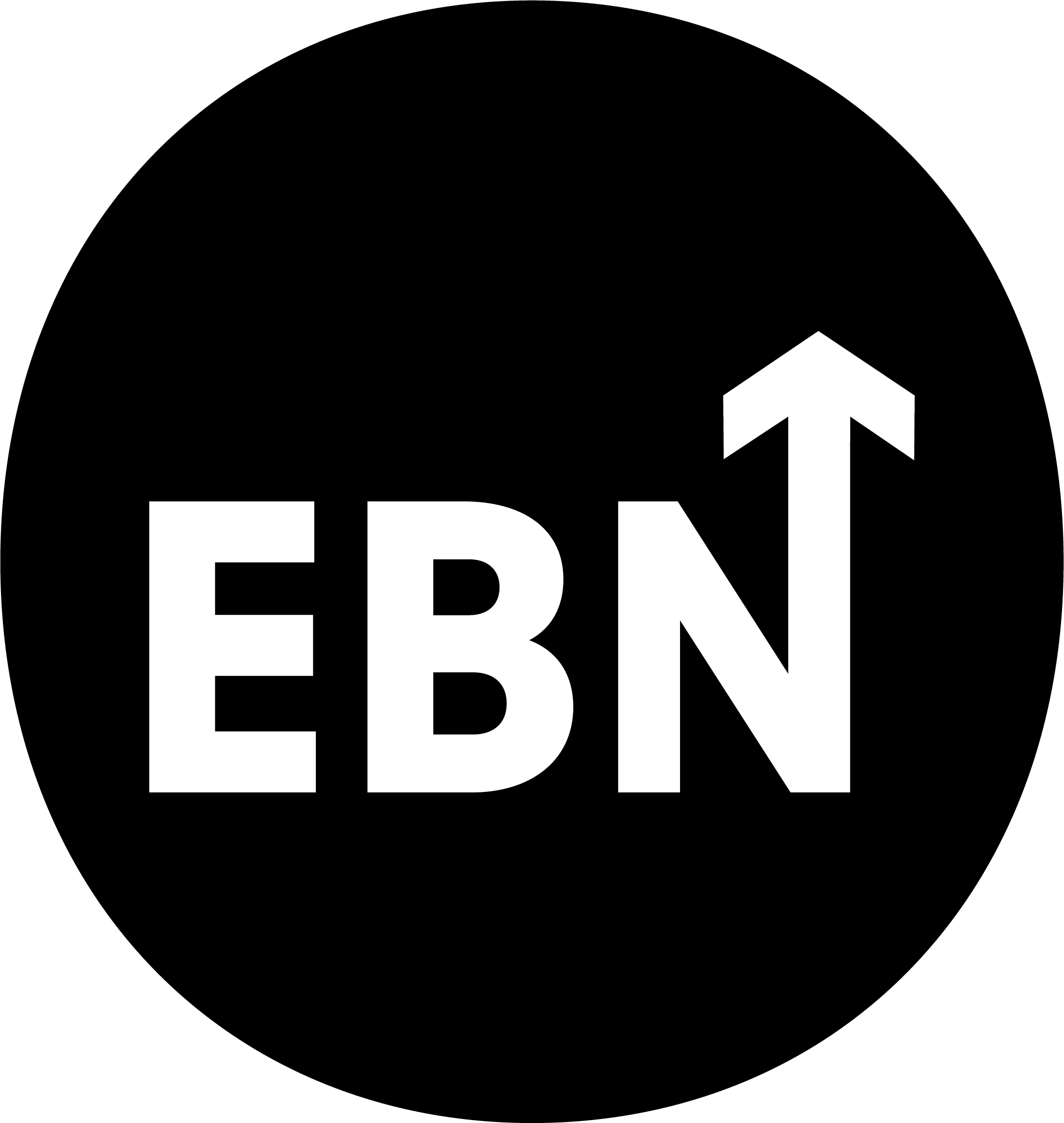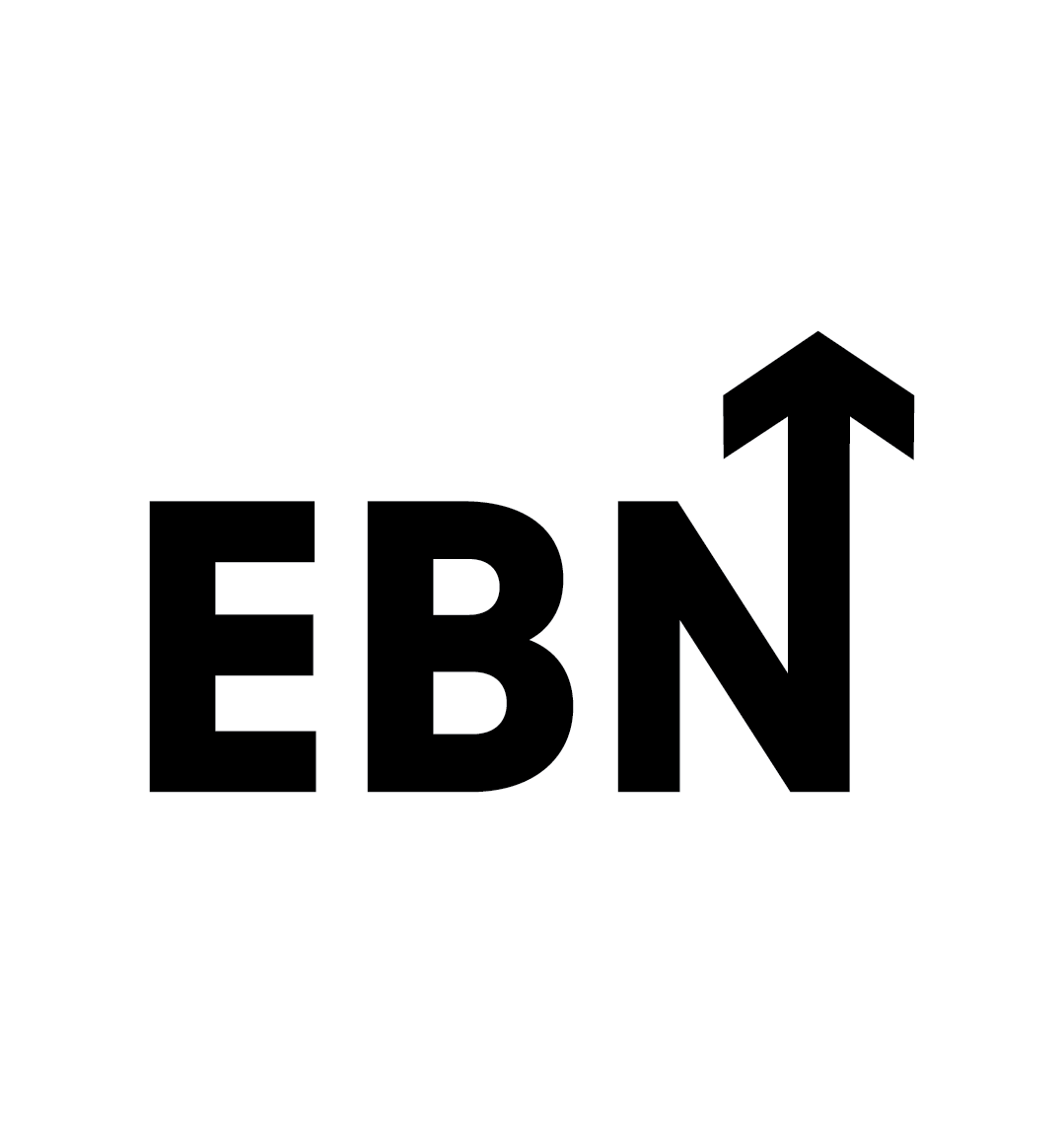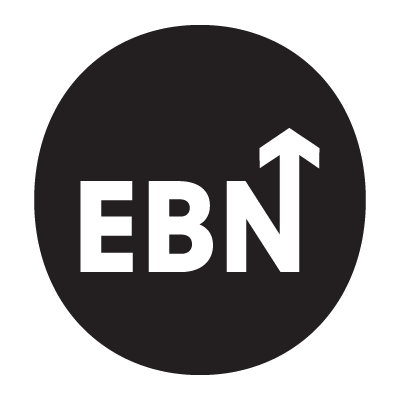As the world slowly emerges from the hangover of the COVID-19 pandemic, discussions about the state of the modern workplace have intensified. A recurring question that I often encounter is whether bosses (or employers) are truly back in charge. The past few years have undoubtedly witnessed some twists and turns in the recruiting power dynamic between employers and employees, driven by the pandemic and resulting rise (and fall?) of remote work, and what many dubbed The Great Resignation. So where are we today, and where are we headed? One thing is for sure, it’s all about as clear as mud.
Momentum isn’t always progress, especially when you always end up back where you started.
Fathom helps you escape the loop. With insight, not intuition.
A period of change
In September 2023, an article in Business Insider claimed that bosses were "back in charge" after a brief shift of power to workers during the pandemic. The piece suggested that with growing calls for return-to-office (RTO) and a widespread increase in layoffs, employee anxiety was high. This all marked a stark contrast to 2021 and order had been restored, apparently.

However, I believe the reality is more nuanced. Whereas I totally believe that anxiety among workers and jobseekers is much higher now that it was in 2021, I think the same can said for most employers. I’m not sure that many employers feel as if they’re back in charge, and I think branding it a power shift is far too reductionist.
Employees and employers were all at it
During the Great Resignation, a period characterized by an unprecedented surge in voluntary resignations and a re-evaluation of work-life priorities, we certainly saw the scales of power tipped in favour of talent. Emboldened by a tight labour market, employees began to demand more from their employers in terms of flexibility, compensation, and work-life balance. And, as was witnessed, most employers were only too happy to oblige. Employers, working under the backdrop of Zero Interest Rate Policy (ZIRP), seized the opportunity to refill vacant seats, boost their workforce, and seize on what felt like an opportunity for cheap growth. It all felt like the best of boom times.
A tightening labour market
Hot on the heels of all that elevated hiring we are now in a very different feeling labour market. Layoffs, especially from the tech sector, have become the flavour of the day. These layoffs, I think it is fair to say, look like the inevitable consequence of all that over-hiring and, maybe more importantly, all that over-compensating. In this respect, you could very well say that bosses are back in charge. So much so, in fact, that they’re now recalibrating the market back to where it should be had it not been for them over pumping it in the first place. GameStop, anybody?
Are employers quiet cutting their workforce?
And it doesn’t end there, either. The stories of quiet cutting and quiet firing are growing at a sinister pace. With so many employees saying they’d rather quit than RTO, forcing RTO would seem an effective way to trim down the workforce without costly or troublesome layoffs, or at least call the bluff. But are employers really doing this? Employees certainly believe so, a recent Monster survey reported that 77% of workers claim to have witnessed quiet cutting at their company, and 58% have been impacted by it. Bonuses and other perks suddenly disappearing couldn’t be doing much to help with those anxiety levels.
Helping HR, talent acquisition, employer branding, and company culture professionals find careers worth smiling about.
Who has the upper hand is no longer a simple thing
So, that’s that, bosses are well are truly back in charge and employees had better fall in line or risk finding themselves without a job or any prospects. But wait, that’s not what employers are experiencing. Employers may no longer be so worried about quiet quitting, conscious quitting, or rage applying, but they aren’t exactly getting an easy ride of it, either.
In LinkedIn’s 2024 recruiting playbook, 64% of the recruitment professionals surveyed predict that the leverage will be far more favourable to candidates than employers over the next five years. Similarly, Universum’s recent EB Now 2024 survey saw 54% of talent leaders report that the hiring environment was getting harder. Hardly what you’d expect if layoffs were filling the market with available talent.
Employers are not revelling in abundant talent supplies
Employers from all industries are dealing with a plethora of macro factors that are making hiring harder for them. Aging populations, the rise of the gig economy and alternative career paths, and skills gaps caused by the pace of technological change outstripping anything the educational system can keep up with, to name but a few.
Where is the market today?
So, are bosses back in charge? I wouldn’t say anybody feels in charge right now. I think there are pains being felt on all side of the employment dynamic and, if you ask me, this is how things are going to stay for the time being. Both employers and employees need to consider their futures and think more strategically than ever before. Talent needs to think more carefully about their value and worth in an evolving talent market, either to secure satisfactory employment or to navigate other diverse career paths. As for employers, simply relying on the dynamics of supply and demand won’t be enough going forwards. Employers need to have a strong pull from a well-respected employer brand or, if not, they need to be prepared to pay large salary premiums and other benefits when we get past the economic dip and hiring ramps up again.
Takeaways
How has the power dynamic between employers and employees shifted post-pandemic?
The power dynamic has become more balanced, with employees gaining more leverage due to increased demand for flexibility and work-life balance.
What is quiet cutting?
Quiet cutting refers to subtle ways employers reduce workforce numbers or benefits without formal layoffs, such as cutting bonuses or perks.
How are employers responding to the Great Resignation?
Employers have increased compensation, enhanced flexibility, and introduced work-life balance initiatives to attract and retain talent.
What are the main challenges employers face in the current hiring environment?
Employers face challenges such as skills gaps, an aging population, the rise of the gig economy, and increased competition for top talent.
What role does employer branding play in attracting talent?
A strong employer brand is crucial for attracting and retaining top talent. It helps differentiate a company in a competitive market.
How can employees navigate the evolving job market?
Employees should focus on updating their skills, understanding their value, and exploring diverse career paths to remain competitive in the evolving job market.
Conclusion
The post-pandemic workplace is characterized by shifting power dynamics, with significant challenges for both employers and employees. Adapting to these changes requires strategic thinking, collaboration, and a focus on building strong relationships and competitive advantages. By understanding the complexities of the modern job market, both employers and employees can navigate the future with confidence.







